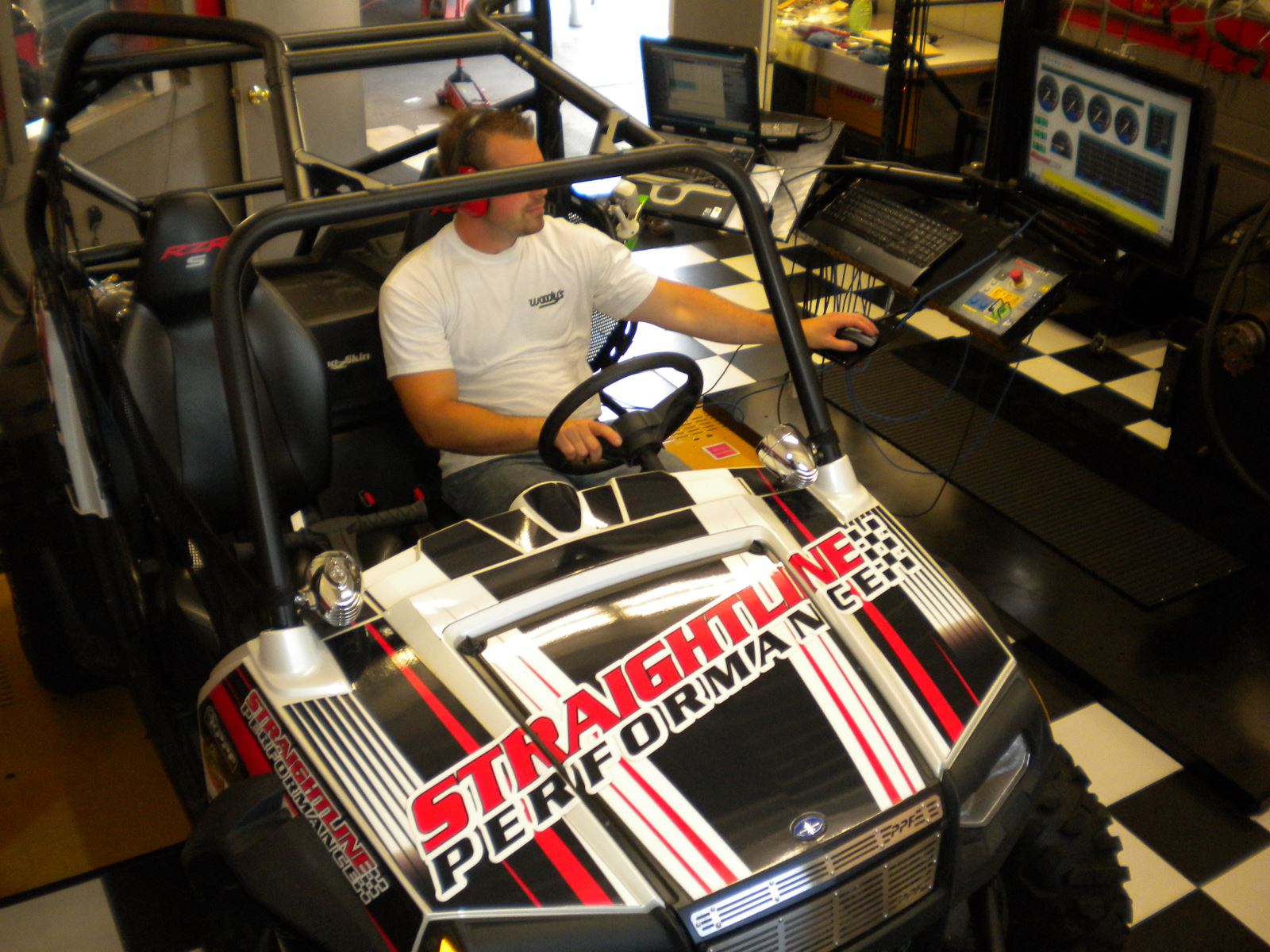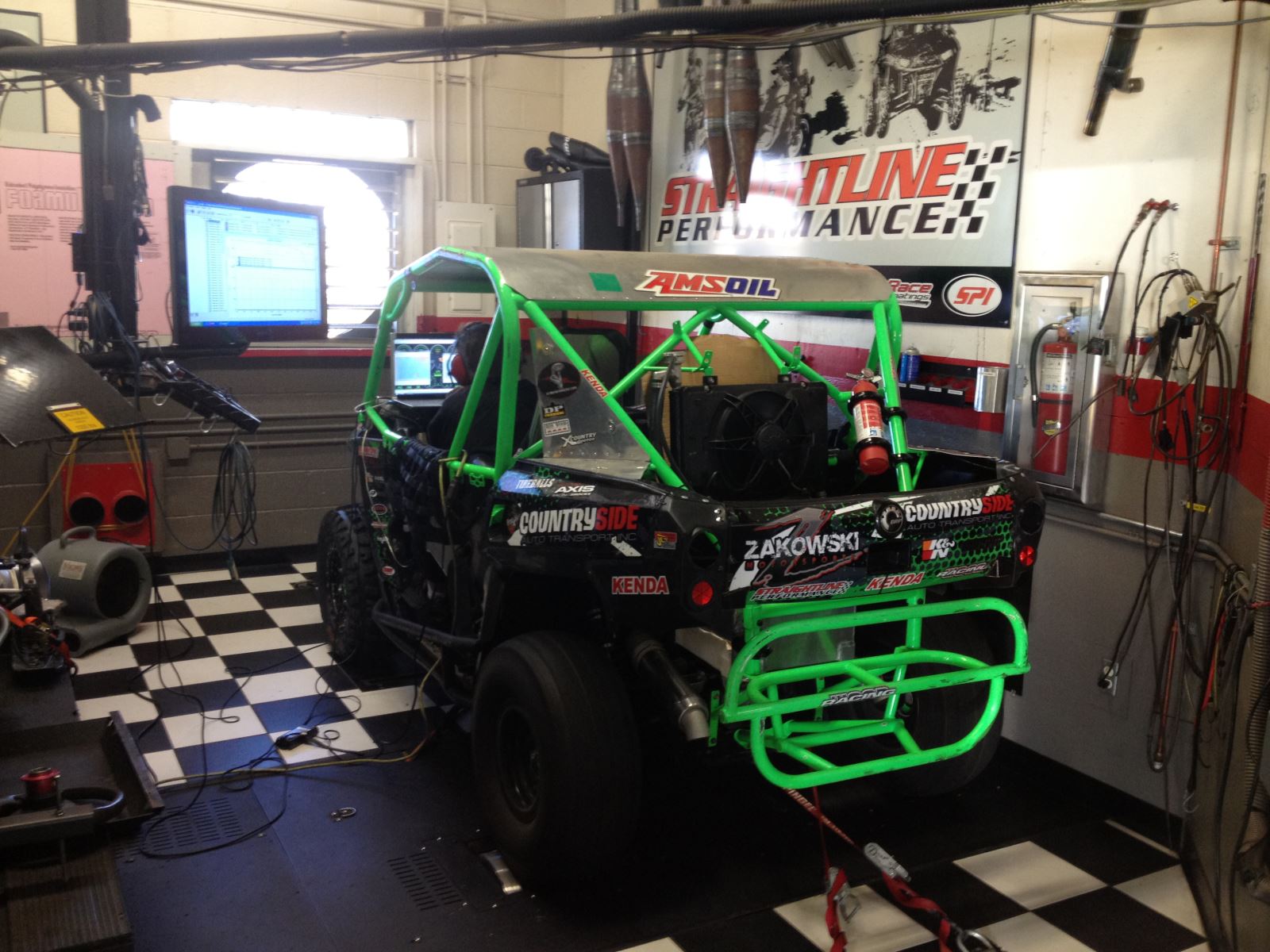
Simple Math
It may be hard to believe, but the horsepower you read on the sheet is just a simple mathematic formula. Raw torque times rpm divided by 5252 equals the horsepower.
And what is raw torque? This is the uncalibrated torque that the strain gauge uses to measure the force the engine is pushing against as it’s on the dyno. The force from the strain gauge is then converted to the raw torque number and ultimately calculated in the raw horsepower number. See Figure 1 for the formula for all the math junkies out there. The last math formula is calculating the “corrected torque” which ultimately makes the corrected horsepower we all use in our conversations.
Corrected horsepower is just the start, though, as we move to understand the information provided. This seems simple so how can you mess with these formulas and “cheat” the dyno sheet. Well it’s quite simple. You don’t even have to cheat the simple math. One of the simplest and most amusing ways if want to mess with anyone looking for a big horsepower number on the dyno is just to change the base calculations on the measuring device strain gauge.
How can this be done? Well, just with any piece of equipment it is only be as good as the person who set it up. When getting an engine ready to dyno you need to calibrate the strain gauge that is used to measure the raw torque for all the math equations to get to your horsepower figure at the end. Calibration is simply done by hanging precision weights on the dyno to create a very accurate “push” that can be entered into the computer as a raw torque number.

Too Simple?
By simply changing these numbers you can make the dyno read any raw torque number you desire. Sound way too simple? It is. So simple that a good dyno operator will always be checking and adjusting to ensure complete accuracy of the strain gauges information. The operator will need to do these checks as the room temperature, strain gauge temperature and simple vibrations can change the settings. For example, the room may get warmer as the day progresses and with heat comes expansion, thus micro expanding the strain gauge to show a different reading.
When using a wheel dyno, the drums that the tires run on are extremely heavy and are used as to “load” the engine as you spin the drum while running the machine. The time it takes to rotate the drum one turn is calculated into horsepower. This type of a wheel dyno is known as an inertia dyno. The inertia dyno can also have a loading dyno attached to the end of one drum (eddy currents are typically used for this type) similar to the engine dyno. This allows the operator to completely control the rpm of the engine and speed of the vehicle for performance tuning similar to the engine dyno.
Just as with the engine dyno, the operator has to be sure that all calibrations and settings are set to produce a real horsepower number that gives you the information you are searching for.
Getting accurate information is extremely important, but one large factor to consider is all dynos are not the same and may actually read different horsepower numbers. But that does not mean that one is correct and one is wrong. Even with all the calibrations set correctly, from day to day and dyno to dyno you will find differences. So we suggest you to stick with one dyno when building or tuning your machine. The end result is the “gain” in horsepower, not the big number. If you gain 20 hp on the same dyno, you should gain 20 hp on the other one.
So with a completely (and properly) setup dyno we now have a baseline and if our dyno is calibrated what could possibly cause any incorrect information? Well, that list can go on and on, but now you can begin to recognize and understand how to spot just a few more issues will help comprehend why a dyno can be an incredible tuning tool to produce great products and that if done correctly can be one of the best tools in a performance shop’s building.
(Houle is the president of Straightline Performance in Forest Lake, MN, and has years of performance and dyno experience. For more information on Straightline Performance, visit www.straightlineperformance.com.)

